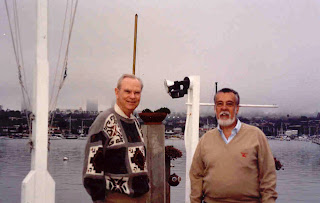Conditioning
For many years the measurement of hearing in small children had been a serious challenge. Hearing is the most important of our sense organs, the basis of language and communication. I used to tell my students in Medical School that we remember learning to read and write, but we do not remember learning to speak, which is much more complicated. Reading and writing is simply a representation of our speech with symbols. Learning to speak is a much more difficult task for our nervous system, a task that starts when we are born. The period of time from two months to 30 months of age is the most intense activity in acquiring language. In the old days most of the hearing tests in young children could only be done by conditioning . There are two types of conditioning, the classical , or pavlovian type, developed by Ivan Pavlov in 1927, and the instrumental type, developed by Edward Thorndike and extensively revised by B. F. Skinner. In Pavlov’s classical experiment the dogs were conditioned ...

